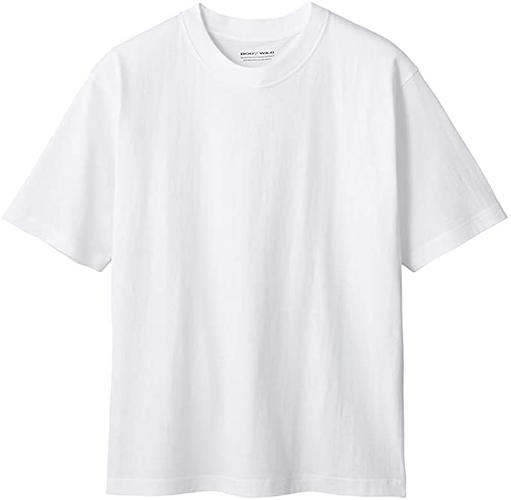The impact of T-shirt fabrics on the environment is an important topic. From the perspective of the relationship between fabric selection and environmental protection, it can be discussed from the following aspects:
p>
1. Raw material selection: The main raw materials for T-shirt fabrics usually include cotton, polyester fiber, bamboo pulp fiber and recycled fiber. From an environmental perspective, there are some raw materials that are more sustainable and environmentally friendly choices. For example, organic cotton is cotton grown using methods such as chemical-free pesticides and rational water use, which has a lower environmental impact. Recycled fibers such as recycled polyester and Tencel are usually made from recycled waste or renewable resources and have less negative impact on the environment.
2. Production process: The production process of manufacturing T-shirt fabric involves issues such as energy consumption, chemical use and wastewater discharge. In order to be environmentally friendly, fabric production can take a series of measures, such as improving production energy efficiency, optimizing chemical use, reducing waste and wastewater emissions, and increasing attention to employee health and safety. Choosing a production process that meets environmental standards can reduce the negative impact on the environment when manufacturing T-shirt fabrics.
3. Recycling and regeneration: The relationship between fabric selection and environmental protection can also be reflected in recycling and regeneration. For example, using fabrics containing recycled fibers can reduce the need for natural resources and extend the life of textiles. In addition, if the fabric can be recycled and reused after T-shirts are discarded, waste generation and dependence on natural resources can be reduced.
4. Use of chemical substances: In the dyeing and finishing process of T-shirt fabrics, some chemicals, such as dyes, auxiliaries and finishing agents, are often used. wait. Choosing environmentally friendly chemicals can reduce environmental pollution and impact on workers’ health. Relevant environmental certification standards (such as OEKO-TEX standards) can help consumers identify environmentally friendly fabrics and provide more reliable choices.
To sum up, the relationship between fabric selection and environmental protection lies in the selection of raw materials, production process, recycling and use of chemical substances. Consider. Choosing environmentally friendly fabrics requires comprehensive consideration of the impact of different links on the environment, and selecting fabrics that comply with environmental standards and certifications. When purchasing T-shirts, consumers can pay attention to the source of the fabric and the manufacturer’s environmental commitment to support environmentally friendly and sustainable fabric choices. At the same time, the application and development of more environmentally friendly T-shirt fabrics can also be promoted through actions such as reducing waste and recycling old clothes.







